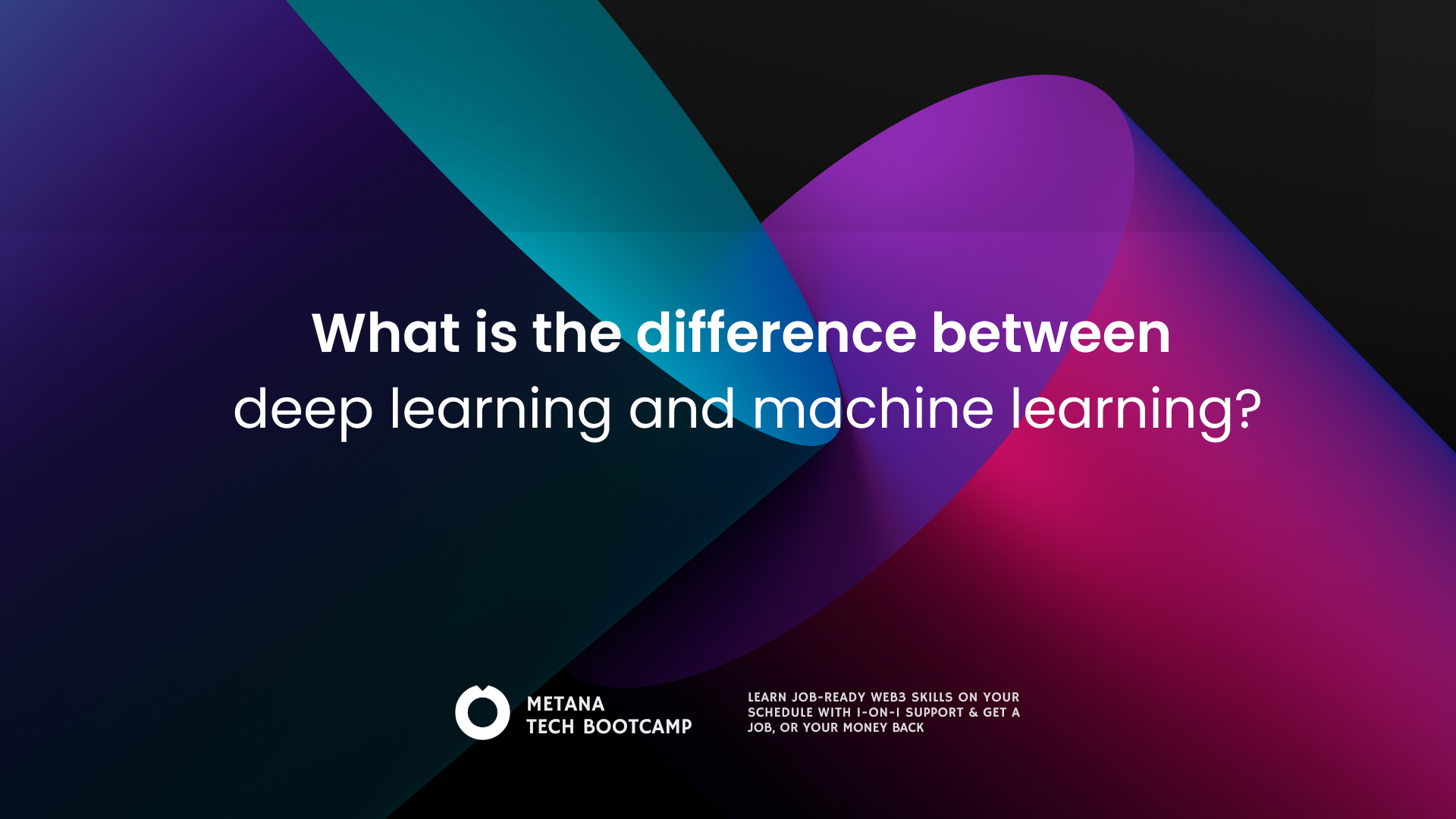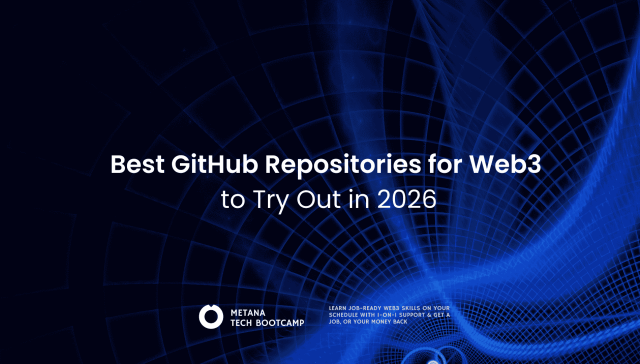Quick Summary of the key differences
| Aspect | Machine Learning | Deep Learning |
|---|---|---|
| 1. Architecture | Simple models like decision trees, linear equations, statistical formulas. | Multi-layer neural networks with many connections. |
| 2. Feature Engineering | Humans select and prepare features before training. | Learns important features automatically from raw data. |
| 3. Data Needs | Works well with smaller datasets (hundreds to thousands). | Needs huge datasets (millions or more). |
| 4. Interpretability | Easy to explain why it made a decision. | Difficult to explain – works like a black box. |
| 5. Training Time | Fast – minutes to hours. | Slow – can take days or weeks. |
| 6. Computing Requirements | Runs on regular laptops or basic servers. | Requires powerful GPUs or TPUs. |
| 7. Type of Data | Best for structured data in rows and columns. | Excels with unstructured data like images, video, audio, text. |
| 8. Ease of Building | Easier to start, many tools and tutorials available. | Complex, requires advanced knowledge and expertise. |
| 9. Cost | Budget friendly, works with standard hardware and free tools. | Expensive due to hardware, large datasets, and experts. |
| 10. Getting Better with More Data | Improves up to a point, then levels off. | Keeps improving as more data is added. |
| 11. Transfer Learning | Usually must start from scratch for new tasks. | Can reuse knowledge and adapt to new tasks quickly. |
The world of artificial intelligence is rapidly evolving, and two terms that frequently spark confusion are deep learning vs machine learning. Whether you’re a student at Metana exploring career paths in tech, a professional looking to upskill, or an entrepreneur considering AI integration, understanding these fundamental concepts is crucial for making informed decisions.
While both technologies are transforming industries from healthcare to finance, they serve different purposes and have distinct capabilities. Machine learning provides the broader framework for computers to learn from data, while deep learning represents a specialized subset that mimics the human brain’s neural networks.
What is Machine Learning? Foundations and Core Concepts
What is Machine Learning?
Machine learning changes how computers work.
Instead of being programmed with strict rules, machine learning allows computers to learn from data. The system looks at examples, finds patterns, and then uses those patterns to make predictions or decisions. This learning process—through methods like supervised and unsupervised learning—helps computers get better over time without needing constant reprogramming.
How it works in practice:
Machine learning uses mathematical models to recognize patterns in data. For example, a linear regression model might predict house prices based on size, while a Random Forest model combines many decision trees to give more reliable predictions.
Why it’s useful:
Traditional machine learning models are often easier to understand. Data scientists can usually see how the model reached its decision, which makes them more transparent and trustworthy compared to more complex systems.
What are the primary categories of machine learning?
The three primary categories of machine learning include:
- Supervised learning (where algorithms learn from labeled data)
- Unsupervised learning (discovering hidden patterns in unlabeled data)
- Reinforcement learning (learning through interaction with an environment).
What are the popular types of machine learning algorithms?
Popular classical machine learning algorithms include,
- Support Vector Machines,
- Decision Trees,
- K-Means Clustering
- Logistic Regression
Each designed to solve specific types of problems efficiently. Read more, to know more!
What is Deep Learning? Neural Networks and Advanced AI
What is Deep Learning?
Deep learning is a branch of machine learning that uses neural networks with many layers to process information. Unlike traditional machine learning, it does not rely heavily on humans to select important features. Instead, deep learning models automatically learn useful patterns directly from raw data.
The word “deep” refers to the number of layers in the network, usually three or more. Each layer processes the data step by step, gradually extracting more complex patterns and details.
Example
In image recognition, the first layers may detect simple elements such as lines or edges. Deeper layers then recognize shapes, followed by complete objects, and eventually entire scenes.
Why it matters
This layered learning allows deep learning systems to solve very complex problems such as medical image analysis, natural language processing, and self driving cars that traditional machine learning cannot handle effectively.
Key Differences Between Deep Learning vs Machine Learning
1. How They’re Built (Architecture)
- Machine Learning: Uses simple, well-tested methods like decision trees, linear equations, and statistical formulas. These are like having a clear recipe to follow – you can see each step and understand exactly what’s happening.
- Deep Learning: Uses complex networks that look like simplified versions of brain cells connected together. Imagine a massive web of connections where information flows through many layers before reaching a final decision.
2. Setting Up the Data (Feature Engineering)
- Machine Learning: Humans have to do a lot of work upfront. Data scientists spend months figuring out which pieces of information matter most and how to present them to the computer. It’s like being a translator who has to explain everything in simple terms the computer can understand.
- Deep Learning: The computer figures out what’s important by itself. You just throw raw data at it – photos, text, audio files – and it learns what matters automatically. It’s like having a really smart student who can learn from examples without needing everything explained.
3. How Much Data You Need
- Machine Learning: Works great with smaller amounts of data. You might need hundreds or thousands of examples to get good results. This makes it perfect for small businesses or projects where you don’t have tons of information.
- Deep Learning: Needs massive amounts of data – we’re talking millions or even billions of examples. It’s like the difference between learning to cook from a few recipes versus learning from every cookbook ever written. More data usually means better results, but getting that much data can be expensive and time-consuming.
4. Can You Understand the Decisions? (Interpretability)
- Machine Learning: You can usually figure out why it made a specific decision. If it says someone won’t pay back a loan, you can see exactly which factors led to that conclusion – maybe their income, credit history, or debt level.
- Deep Learning: It’s like asking someone to explain a gut feeling. The computer makes great decisions but can’t really tell you why. This “black box” problem makes it hard to use in situations where you need to explain your reasoning, like in medicine or finance.
5. How Long Training Takes
- Machine Learning: Training is usually quick – anywhere from a few minutes to a few hours. You can try different approaches, see what works, and make changes fast. It’s great for rapid testing and getting quick results.
- Deep Learning: Training takes much longer – sometimes days or weeks. It’s like the difference between learning to ride a bike (quick) versus becoming a professional athlete (takes years of training). The long training times mean you need to plan carefully and can’t experiment as freely.
6. What Kind of Computer You Need
- Machine Learning: Works fine on regular computers. Your laptop or a basic server can handle most traditional machine learning tasks without breaking a sweat.
- Deep Learning: Needs special, powerful computers with graphics cards (GPUs) that were originally made for video games. These specialized machines cost a lot more but can process information much faster for deep learning tasks.
7. What Type of Data Works Best
- Machine Learning: Loves organized data in spreadsheets – things like customer age, income, purchase history, or website clicks. If your data fits nicely in rows and columns, traditional machine learning is your friend.
- Deep Learning: Shines with messy, unorganized data like photos, videos, text messages, or audio recordings. It can find patterns in data that doesn’t fit neatly into spreadsheets, which opens up tons of possibilities.
8. How Hard It Is to Build
- Machine Learning: Relatively easy to get started. There are lots of tools and tutorials, and you can build working systems without being a computer science expert. It’s like cooking with a good recipe – follow the steps and you’ll get decent results.
- Deep Learning: Much more complex and requires specialized knowledge. You need to understand neural networks, optimization techniques, and lots of math. It’s more like becoming a chef – you need years of training and practice to do it well.
9. How Much It Costs
- Machine Learning: Budget-friendly option. You can get started with free tools and run everything on regular computers. Even hiring people to build these systems costs less because the skills are more common.
- Deep Learning: Expensive hobby. You need powerful computers, lots of electricity to run them, and specialized experts who command high salaries. The costs can add up quickly, especially for big projects.
10. Getting Better with More Data
- Machine Learning: Improves with more data up to a point, then levels off. It’s like studying for a test – more practice helps, but eventually you hit a ceiling where extra studying doesn’t help much.
- Deep Learning: Keeps getting better as you feed it more data. The more examples it sees, the smarter it gets. Some of the best AI systems today got that way by training on incredibly huge datasets.
11. Using What You’ve Learned for New Tasks
- Machine Learning: Usually needs to start from scratch for each new problem. If you built a system to predict house prices, you’d have to build a completely new system to predict stock prices.
- Deep Learning: Great at taking what it learned from one task and applying it to similar tasks. A system trained to recognize cats and dogs can be quickly retrained to recognize different animals, or even completely different objects. This “transfer learning” saves tons of time and money.
Bottom Line
Machine learning and deep learning are both powerful tools within AI, but they serve different purposes. Machine learning shines when data is structured, resources are limited, and interpretability matters, while deep learning dominates when massive datasets and complex, unstructured information are involved. The right choice depends on your project’s goals, scale, and constraints—not on hype. By understanding these differences, you can confidently decide which approach will deliver the most value for your business, studies, or career in AI.
Ready to dive deeper into AI?
Whether you’re exploring machine learning vs deep learning for your career or planning to integrate AI into your business, now’s the time to start. Join a structured bootcamp, experiment with small projects, or upskill with real-world datasets—your future in AI begins with the first step.
Frequently Asked Questions

Is deep learning always better than machine learning for AI projects?
No. Deep learning isn’t always superior. Traditional machine learning often performs better on structured datasets, projects requiring interpretability, and cases with limited data or compute resources. The best choice depends on your project goals, data size, and constraints.
How much data do I need for machine learning vs deep learning?
Machine learning can work with hundreds to thousands of samples if features are well engineered. Deep learning, however, typically needs much larger datasets—sometimes millions of examples—for top performance, though transfer learning can reduce these requirements significantly.
Can deep learning be used for small business applications?
Yes, but often it’s unnecessary. For many small business use cases like customer segmentation, sales forecasting, or inventory optimization, traditional ML is more cost-effective and faster to deploy, offering better ROI compared to deep learning’s higher complexity and resource needs.
What programming languages should I learn for machine learning and deep learning?
Python is the top choice, powering libraries like scikit-learn, TensorFlow, and PyTorch. R is common in statistics-heavy ML projects. SQL is essential for working with data, while JavaScript and Swift support deploying ML models on the web or mobile.
How long does it take to learn machine learning vs deep learning?
Machine learning fundamentals can often be learned in 6–12 months with consistent practice. Deep learning usually takes 1–2 years to gain proficiency. But mastery in either field is an ongoing process since the AI landscape evolves rapidly.








